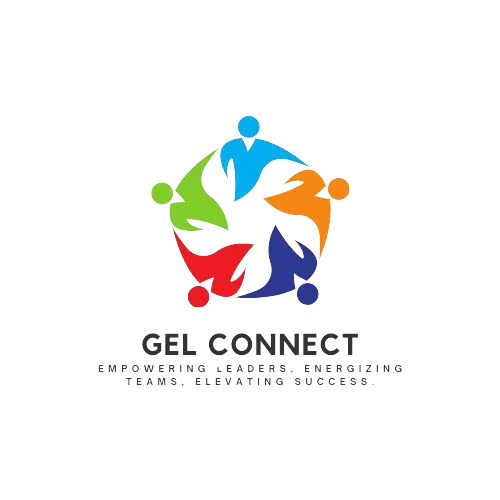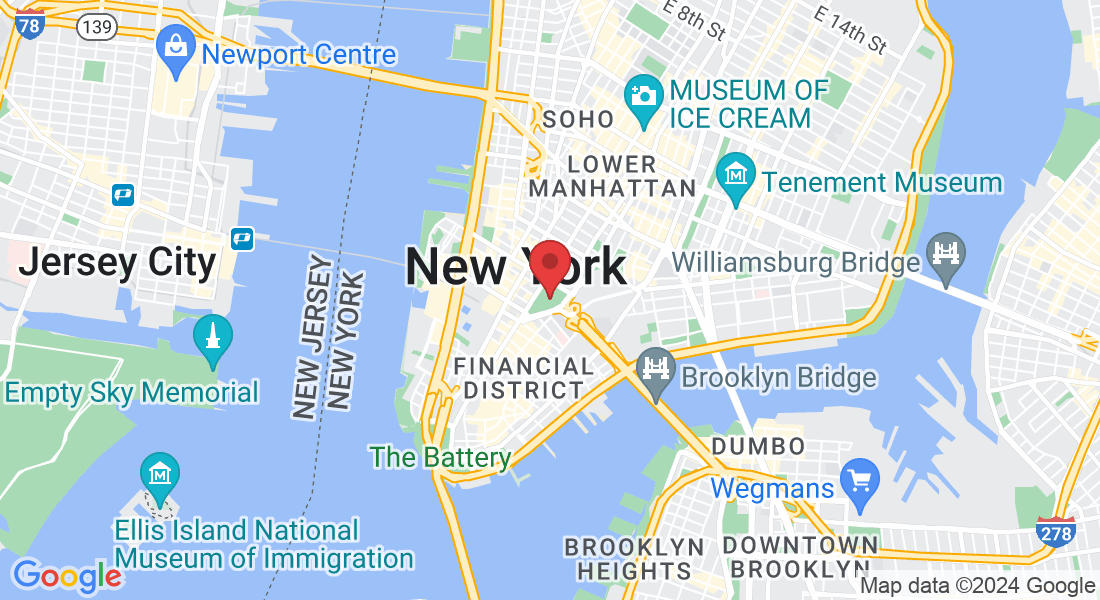“In the symphony of workplace challenges, effective communication is the conductor, harmonizing diverse voices into a melody of resolution and growth.” - Jason Van Gardner

Navigating Challenges: The Crucial Link Between Communication and Conflict Resolution
In the ever-evolving landscape of the workplace, challenges are inevitable. However, the true mark of a resilient and thriving organization lies in its ability to navigate these challenges effectively. At the heart of this ability is communication—a powerful tool that serves as the linchpin in conflict resolution. This blog post explores the pivotal role of communication in navigating workplace challenges, fostering a culture of open dialogue, and steering the organization towards resolution and growth.
The Inevitability of Workplace Challenges
No workplace is immune to challenges. Whether they arise from differences in opinion, competing priorities, or external pressures, challenges are a natural part of the organizational journey. The key lies not in avoiding challenges but in addressing them head-on with a strategic and communicative approach.
The Communication Bridge to Resolution
Effective communication acts as a bridge over troubled waters, connecting individuals and teams in times of conflict. Leaders who prioritize open and transparent communication create an environment where challenges are not swept under the rug but are instead brought into the light for resolution.
By encouraging employees to express their concerns and viewpoints openly, leaders foster a culture where conflicts are seen as opportunities for growth rather than obstacles. Communication becomes the medium through which understanding is reached, and resolutions are forged.
Fostering a Culture of Open Dialogue
Communication is not just about conveying information; it's about creating a space for open dialogue. In a culture where communication is valued, employees feel empowered to voice their concerns, share ideas, and engage in constructive conversations.
Leaders play a pivotal role in setting the tone for open dialogue. By actively listening to differing perspectives and promoting a non-judgmental environment, leaders create a foundation for healthy communication. This, in turn, enables teams to collaboratively navigate challenges, leveraging diverse insights to find innovative solutions.
The Power of Empathy in Communication
Empathy is a cornerstone of effective communication, especially in times of conflict. Leaders who communicate with empathy seek to understand the underlying emotions and concerns of all parties involved. This empathetic approach not only builds trust but also lays the groundwork for collaborative problem-solving.
When individuals feel heard and understood, the path to resolution becomes more accessible. Effective communication that acknowledges and validates emotions fosters an environment where conflicts can be addressed with compassion and a shared commitment to finding common ground.
Conclusion: Communication as the Catalyst for Growth
In conclusion, the link between communication and conflict resolution is a critical aspect of a healthy and resilient workplace. Leaders who recognize the transformative power of communication can turn challenges into opportunities for growth. By fostering a culture of open dialogue, actively listening, and approaching conflicts with empathy, organizations can navigate turbulent waters and emerge stronger on the other side.
In the intricate dance of workplace challenges, communication is the choreographer, guiding individuals and teams towards resolution, understanding, and ultimately, a path of sustained success.










